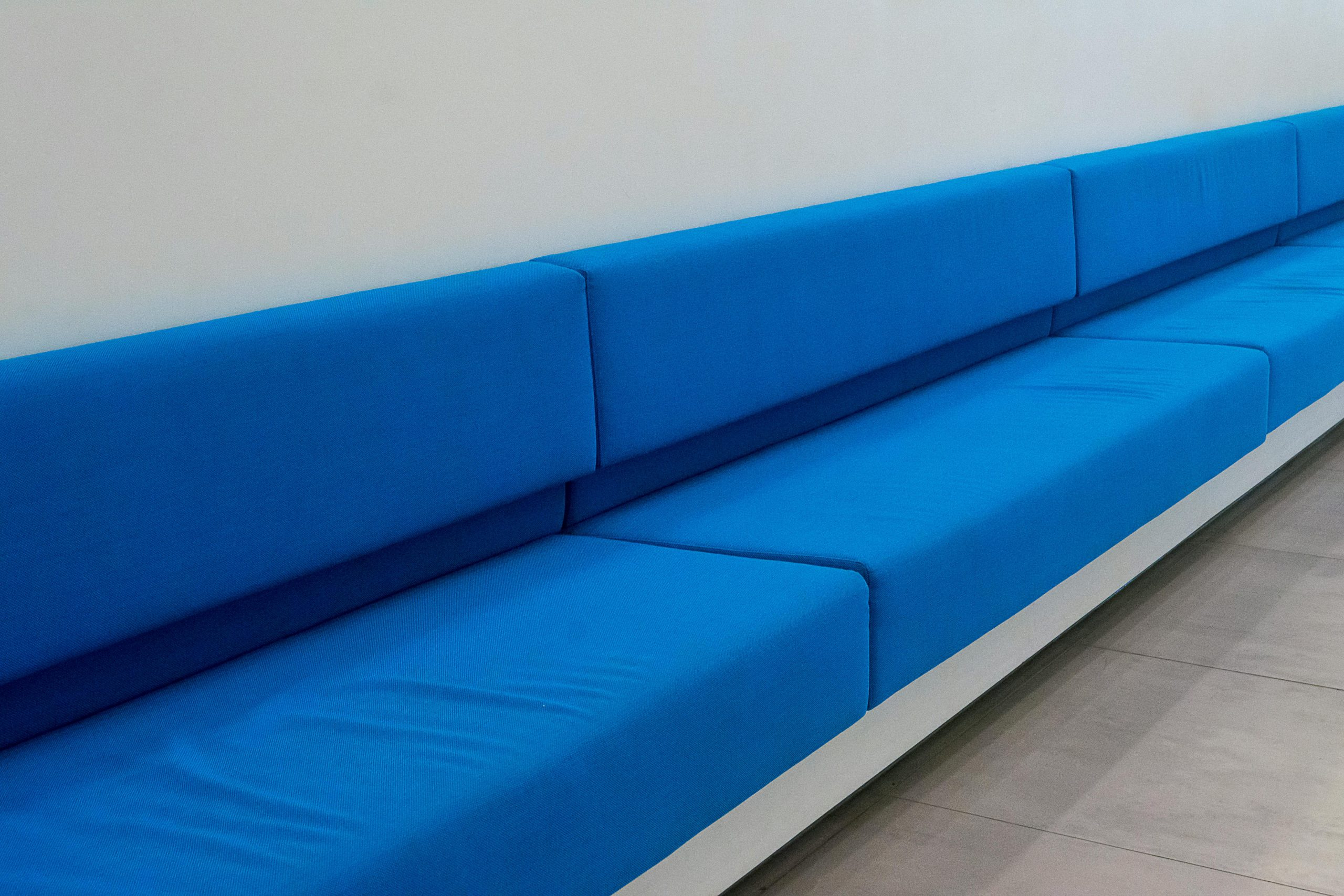Office Space Glut: Repurposing Empty Towers into Apartments
The world is changing, and so are our cities. The traditional office space layout, with rows of cubicles and conference rooms, is no longer the standard. The rise of remote work and freelancing has caused a decline in demand for traditional office space, resulting in a growing number of empty towers and buildings. But what if these vacant office spaces could be repurposed into something new and in high demand – apartments. This trend of converting empty office buildings into residential spaces, known as “horizontal living”, is gaining momentum and changing the urban landscape. Let’s explore the concept of repurposing office towers into apartments and its impact on our cities.
The Evolution of Office Space
In the past, office spaces were the center of commercial activity in cities. These spaces were designed to accommodate a large workforce and were often located in the heart of the central business district. The focus was on maximizing efficiency, with little thought given to the comfort and well-being of employees. However, with the rise of technology and the changing nature of work, the traditional office space model has become outdated.
The Rise of Remote Work
In recent years, remote work has become increasingly popular. The advancement of technology has made it possible for employees to work from anywhere, reducing their need for a physical office space. This trend has been accelerated by the COVID-19 pandemic, as more companies have shifted to remote work to ensure the safety of their employees. As a result, the demand for traditional office space has declined significantly.
The Demand for Alternative Workspaces
In addition to remote work, there is a growing demand for alternative workspaces, such as co-working spaces and shared offices. These spaces provide a cost-effective and flexible option for freelancers, startups, and small businesses. They also offer networking opportunities and a sense of community for individuals who work independently. This has further reduced the need for traditional office spaces.
Repurposing Empty Towers into Apartments
With the decrease in demand for office spaces, many cities are facing an office space glut. This has led to a creative solution – repurposing empty towers into apartments. This concept, also known as “vertical living”, involves converting commercial buildings into residential units to meet the growing demand for housing in cities.
The Benefits of Horizontal Living
There are several benefits to repurposing office buildings into apartments. Firstly, it provides a solution to the growing housing crisis in cities, especially in densely populated urban areas. By converting vacant office spaces into apartments, cities can increase their housing supply and provide more affordable housing options for their residents.
Moreover, horizontal living promotes a more sustainable use of resources. Instead of constructing new buildings, repurposing existing office spaces reduces the need for land, building materials, and energy consumption. It also reduces the amount of waste and pollution generated from demolition and construction activities.
Furthermore, repurposing office towers into apartments can help revitalize neglected areas of a city. By converting an empty office building into a residential space, it can attract new residents, businesses, and investments, transforming the neighborhood into a vibrant and bustling community.
The Challenges of Horizontal Living
While the idea of repurposing office buildings into apartments may seem like a win-win situation, it also comes with its own set of challenges. One of the main obstacles is the cost of conversion. Converting an office space into an apartment requires significant renovations, such as installing plumbing, electrical systems and creating separate units. This can be a costly endeavor for building owners, and the high cost may be passed down to potential tenants.
Another challenge is the zoning laws and regulations. Office spaces are often zoned for commercial use, and converting them into residential units may not be allowed in certain areas. Overcoming these legal and regulatory barriers can be a time-consuming and expensive process.
The Future of Urban Living
As remote work and freelance culture continue to grow, the demand for traditional office spaces will continue to decline. This presents an opportunity for cities to repurpose their empty towers into apartments and create a new type of urban living. The trend of horizontal living is not limited to office spaces; old warehouses and industrial buildings have also been successfully converted into residential units.
With its many benefits, such as promoting sustainability, providing more affordable housing options, and revitalizing neighborhoods, repurposing office towers into apartments is a trend that is here to stay. It is an innovative solution to the changing landscape of work and will shape the future of our cities.
In Conclusion
The office space glut may have posed a challenge to traditional real estate developers, but it has opened up a new market for those willing to think outside the box. The concept of repurposing empty towers into apartments is a prime example of how the real estate industry is evolving to meet the changing needs of our society. As more cities adopt this trend, we can expect to see a transformation in our urban landscape, with a focus on sustainability, affordability, and community.








